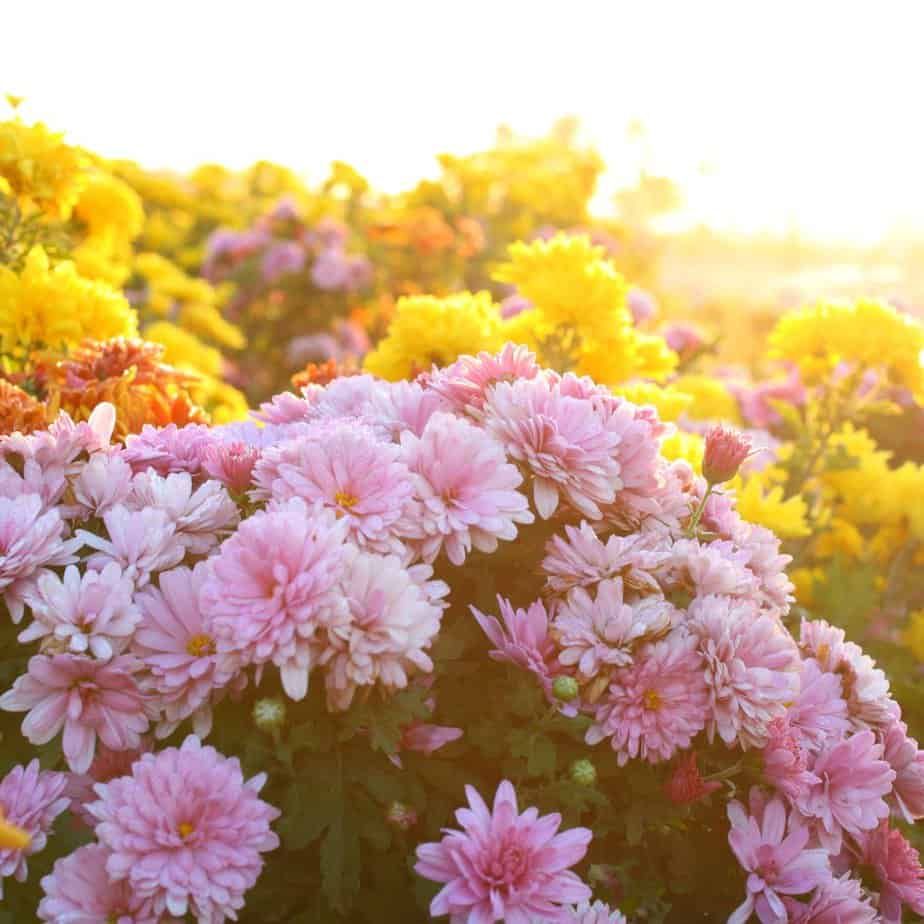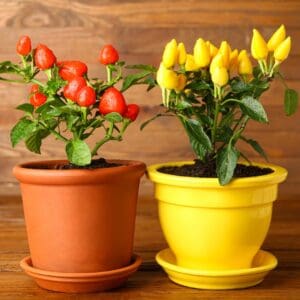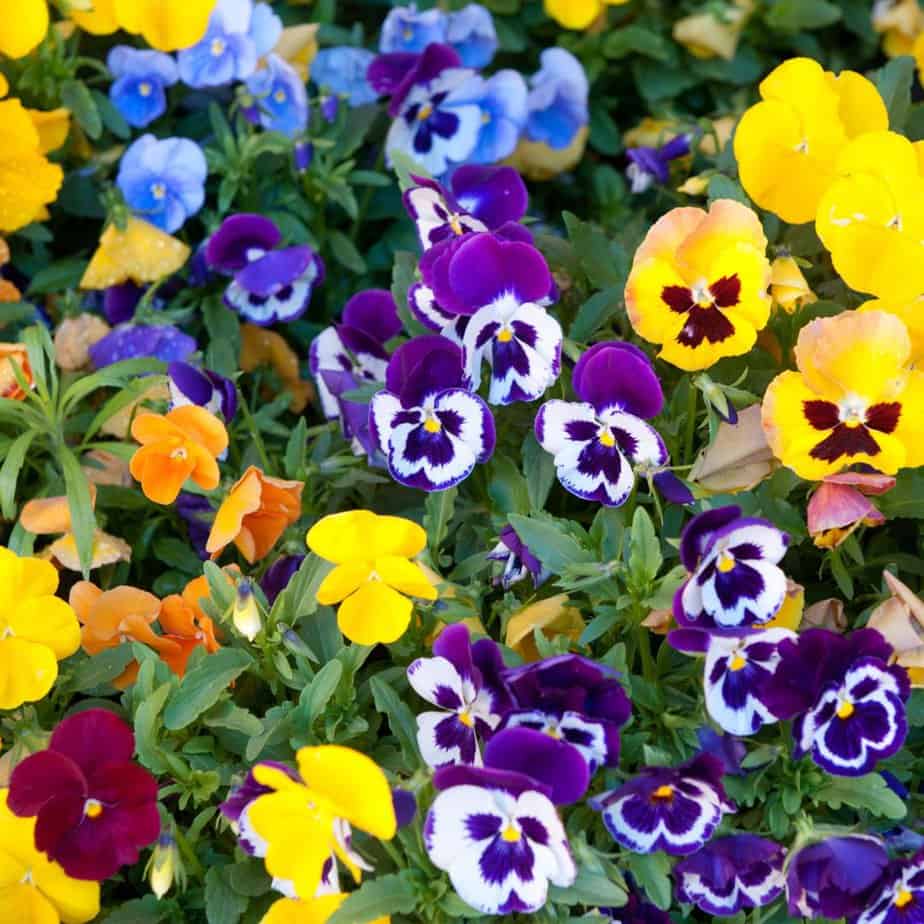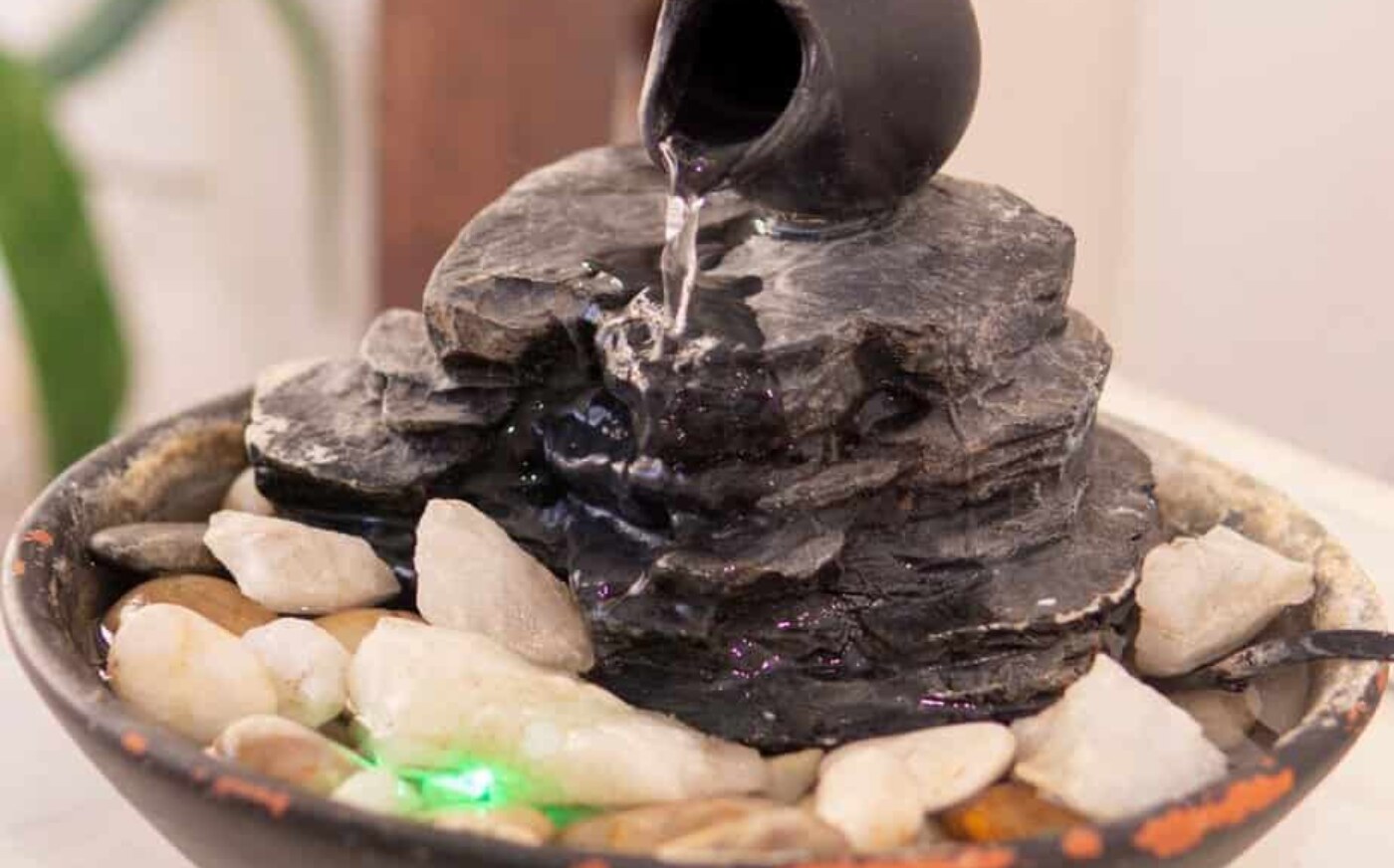Are you ready to transform your garden and outdoor entertaining area with colour? If so, you can seamlessly transform them from ordinary to extraordinary. Indeed, mastering colour’s transformative power is the key to creating a vibrant, inviting space that will inspire and motivate you to elevate your outdoor spaces.
When thoughtfully incorporating colour, you can completely transform your space, making it a visual feast and a haven for relaxation and entertainment. In fact, the strategic use of colour can be a game-changer, as it creates a dynamic, inviting space that reflects your personality and further enhances the beauty of your surroundings. To achieve this, here’s how to effectively use colour in your garden and outdoor areas to create a stunning, cohesive look.

The Power of Colour in Your Garden
Colour is a powerful tool in garden design, seamlessly transforming any outdoor space into a dynamic and engaging environment. Bright, warm colours like reds, oranges, and yellows can create a lively and energetic atmosphere, making them perfect for entertaining and social gatherings.
On the other hand, cool colours like blues, purples, and greens evoke a sense of calm and tranquillity, which makes them ideal for creating a serene retreat.
Furthermore, by strategically placing colourful plants and accessories, you can effectively define different areas of your garden, making it more functional and aesthetically pleasing.
Moreover, colour is not just a visual element; it’s also a powerful mood-setter. It can highlight focal points, create visual harmony, and, most importantly, set the mood.
Assess the existing elements in your garden. First, consider the colours of your house, fencing, and any permanent structures. These will serve as the foundation for your colour scheme and ultimately create the desired atmosphere.
- Create Focal Points: Begin by using bold, bright colours to draw attention to specific areas. For example, a vibrant red bench or a yellow sunflower cluster can be eye-catching focal points.
- Harmonise with Nature: Next, choose colours that complement the natural surroundings. Soft greens, blues, and purples can blend seamlessly with the landscape, creating a serene and cohesive environment.
- Seasonal Changes: Moreover, plan for year-round colour by selecting plants that bloom in different seasons. Spring bulbs, summer perennials, autumn foliage, and winter berries will keep your garden vibrant. Finally, remember to maintain your garden by pruning, fertilising, and replacing plants as needed, thereby keeping your chosen colour scheme intact.
Embracing Contrasting Colours
Using contrasting colours in your garden design can make each element stand out and create a dramatic visual impact.
Pairing colours from opposite sides of the colour wheel, such as purple and yellow or blue and orange, can highlight specific plants and features, drawing the eye and adding depth to your garden.
This technique can be particularly effective in border planting, where contrasting hues can create a striking, layered effect.
For example, planting bright yellow daylilies next to deep purple salvias can make both colours appear more vibrant and add a sense of rhythm and movement to your garden.

1. Create Depth and Dimension: Use contrasting colours to create depth in your garden. For instance, planting orange marigolds against a backdrop of blue delphiniums can make both colours pop and add a sense of dimension.
2. Highlight Features: Contrasting colours can highlight architectural features or specific plants. A white trellis covered in purple clematis or a dark pot with bright yellow flowers can create stunning visual contrasts.
While contrast adds interest, balance and harmony are equally critical. Pair bold, contrasting colours with more neutral tones to prevent the space from overwhelming and to ensure a well-rounded and pleasing garden design.

Perfect Colour Combinations
The right colour combinations are crucial for a cohesive and harmonious garden design. Some classic pairings include:
Blue and White: A timeless combination that exudes elegance and freshness. Blue hydrangeas paired with white roses create a soothing and sophisticated look.
Yellow and Blue: Bright and cheerful, this combination works well in sunny spots. Think of yellow daisies paired with blue salvia for a lively, energetic vibe.
Pink and Green: A naturally complementary duo that brings a soft and lush feel. Think of pink peonies surrounded by green hostas for a romantic garden nook.
Pink and Purple: This combination creates a soft, romantic look. Use different shades of pink and purple flowers, such as roses and lavender, to create layers of colour.
Red and Orange: Consider fiery red tulips alongside bright orange marigolds for a bold and energetic vibe. This combination will make a statement and infuse your garden with warmth.
Red and White: A classic combination that exudes elegance. Use red tulips with white daffodils in the spring or red roses with white petunias in the summer for a timeless look.
These combinations can create themed areas within your garden, such as a romantic corner, a lively entertaining space, or a peaceful retreat.
Subtle Use of Your Favourite Colour
Incorporating your favourite colour into your garden doesn’t mean it has to dominate the space. Subtle touches can weave your chosen hue throughout the garden, adding a personal touch without overwhelming the overall design.
For instance, if you love purple, consider planting lavender along pathways, adding purple cushions to outdoor seating, or using purple-toned garden accessories like pots and lanterns.
This approach ensures your favourite colour is present and appreciated without overshadowing the diverse palette of your garden.

Here’s how to do it subtly and effectively:
1. Accents and Accessories: Use your favourite colour in garden accessories like pots, cushions, and bird feeders. These small touches can make a significant impact without overwhelming the space.
2. Foliage and Flowers: Choose plants with flowers or foliage in your preferred hue. If you love blue, consider hydrangeas, irises, or blue spruce.
3. Pathways and Borders: Use your favourite colour in pathways or garden borders. Coloured gravel, tiles, or edging plants can add a subtle yet consistent touch of colour.
Using colour thoughtfully in your garden and outdoor entertaining area can significantly enhance its beauty and functionality. By understanding the impact of colour, embracing contrasts, choosing harmonious combinations, and subtly integrating your favourite hues, you can create a vibrant and inviting outdoor space that reflects your style and meets your needs.
Whether you have a small urban garden or a sprawling country estate, these principles can be adapted to suit your space. So, get creative and let your garden become a colourful extension of your home, ready to impress and delight.
If you need further garden advice on plant health, garden maintenance or design tips for indoors and outdoors, please get in touch with us for an onsite 90-minute consultation.
Refer to our packages for further details on how we can help you in the consults and subsequently throughout your garden implementation process.
Do check out our articles on
Our passion, your garden! xx




Leave a Comment